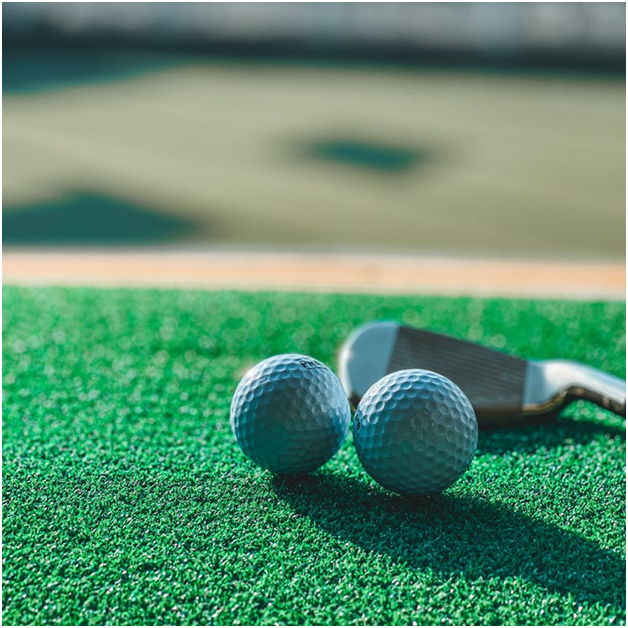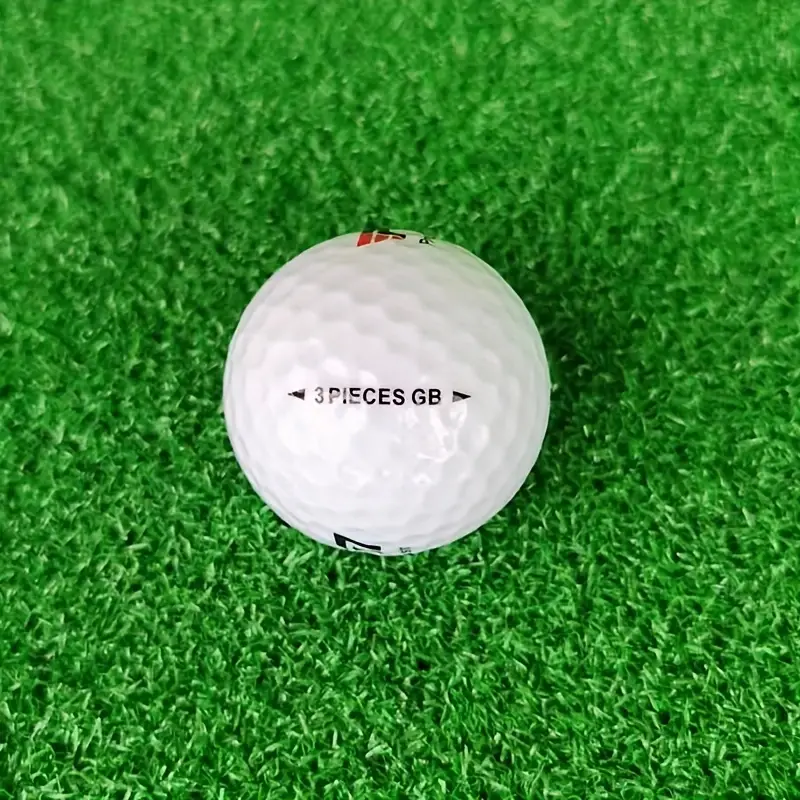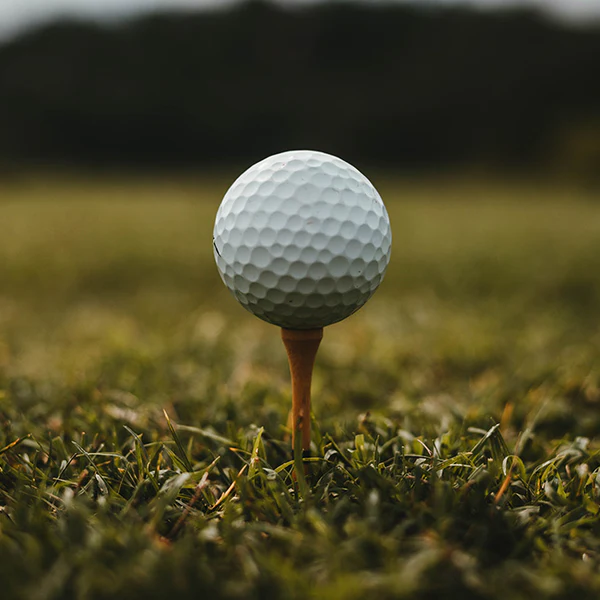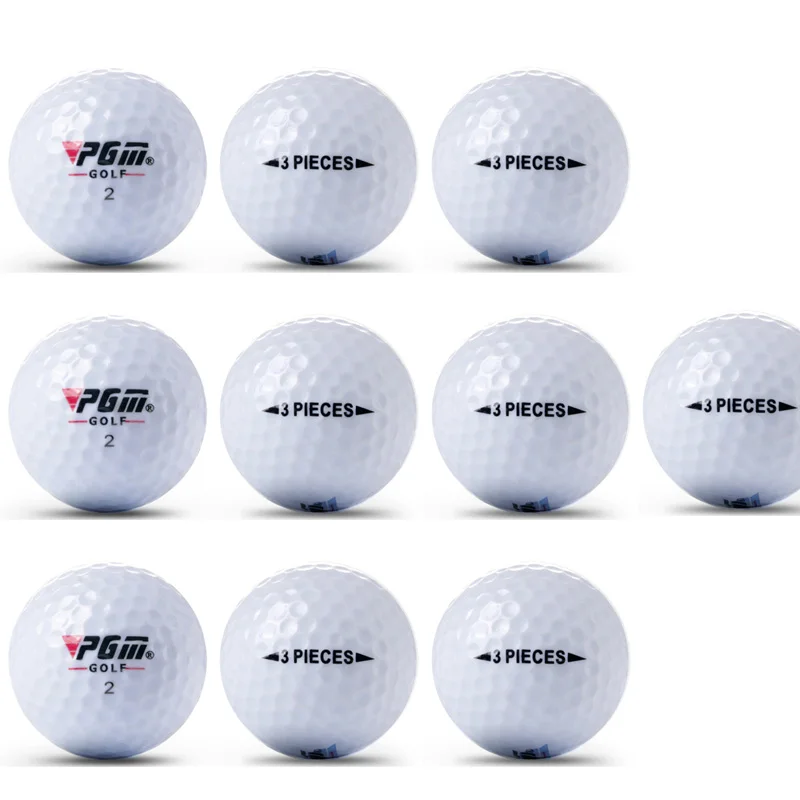I. Introduction

A. Importance of mastering the driver shot
The driver shot is arguably the most important shot in golf. It sets the tone for the entire hole and often determines the success of a round. Mastering the driver shot can lead to longer drives, better positioning, and ultimately lower scores. It is a skill that every golfer should strive to improve in order to enhance their game.
B. Overview of the basics of hitting a golf ball with a driver
Hitting a golf ball with a driver requires a combination of power, accuracy, and technique. Understanding the fundamental elements of the swing and setup is essential to consistently achieving long and accurate drives. This includes aspects such as grip, stance, and ball positioning.
II. Setting Up for Success
A. Proper grip and stance
The grip is the golfer’s connection to the club and has a significant impact on the swing. A proper grip allows for control and power, while reducing the risk of mishits. The correct grip involves placing the club in the fingers, rather than the palm, and positioning the hands in a neutral, comfortable position. In terms of stance, a balanced and athletic position is crucial to execute a powerful and controlled swing. This involves a shoulder-width stance, with the feet slightly flared out and the weight evenly distributed.
B. Positioning the ball for optimal contact
The position of the ball in relation to the golfer’s stance and body is a critical factor in achieving optimal contact with the driver. For most golfers, positioning the ball just inside the left heel (for right-handed golfers) helps to promote a sweeping and upward strike, creating the desired launch angle and trajectory for longer drives. Additionally, ensuring the ball is teed at the correct height can further enhance the potential for solid contact and distance.
III. Mastering the Swing

A. Understanding the backswing and follow through
The backswing and follow-through are crucial components of a successful driver shot. Understanding the mechanics of these elements can greatly improve consistency and power off the tee. The backswing should be a smooth and controlled movement, with the club moving on a wide arc away from the ball. It is important to maintain proper wrist hinge and spine angle during this phase to set up a powerful downswing. The follow-through is equally important, as it allows the body to release built-up energy and complete the swing in a balanced and controlled manner.
B. Generating power and controlling accuracy
Generating power and controlling accuracy are often seen as competing objectives in the driver shot. However, with the right technique, golfers can achieve both. The key to generating power lies in a combination of clubhead speed and solid contact with the ball. This can be achieved through a smooth and synchronized body movement, with the hips leading the downswing and the torso rotating to deliver the club to the ball. At the same time, controlling accuracy requires maintaining a consistent swing path, minimizing unnecessary movement, and focusing on solid ball contact.
IV. Adjusting for Different Shots
A. Hitting the ball off the tee
Hitting the ball off the tee with a driver requires a slightly different approach compared to hitting from the fairway. The tee shot allows for more control over the ball’s position, making it easier to achieve the optimal launch angle and trajectory. When hitting off the tee, golfers should focus on teeing the ball at the right height and positioning it slightly forward in their stance to promote an upward strike. This setup, combined with a smooth and powerful swing, can lead to longer and more accurate drives.
B. Hitting from the fairway
Hitting a driver from the fairway is a skill that can come in handy when faced with long approach shots or dogleg holes. The key to success in this scenario is to adjust the setup and swing to accommodate the different lie and ball position. Golfers should tee the ball lower, closer to the ground, and position it slightly further back in their stance to promote a more level strike. Additionally, a more controlled and sweeping swing is necessary to achieve solid contact and maintain accuracy from the fairway.
V. Common Mistakes and How to Correct Them

A. Slicing and hooking the ball
Slicing and hooking the golf ball are two common mistakes that many golfers struggle with. A slice occurs when the ball curves to the right (for right-handed golfers) or to the left (for left-handed golfers) in flight, while a hook is when the ball curves in the opposite direction. These issues can be frustrating and can significantly affect your game. Here are some tips to help correct these problems:
- Grip: One of the most common causes of slicing and hooking is an incorrect grip. Make sure your grip is neutral, with the V’s of your hands pointing towards your right shoulder (for right-handed golfers). This can help promote a more square clubface at impact and reduce the likelihood of slicing or hooking the ball.
- Alignment: Poor alignment can also lead to slicing and hooking. Make sure your feet, hips, and shoulders are all aligned parallel to your target line. This can help promote a more consistent swing path and reduce the chances of the ball curving off course.
- Swing plane: A proper swing plane is crucial for hitting the ball straight. Focus on swinging the club back and through on the correct path, avoiding any over-the-top or inside-out swings that can lead to slicing and hooking.
- Release: The way you release the club through impact can also affect the ball flight. Work on releasing the club in a more neutral position, rather than with an open or closed clubface, to reduce the chances of slicing or hooking.
B. Overcompensating for distance
Many golfers struggle with overcompensating for distance, especially when faced with longer shots. This can lead to swing errors and poor shot execution. Here are some tips to help correct this mistake:
- Club selection: Instead of trying to hit every shot as hard as possible, focus on selecting the right club for the distance and playing within yourself. This can lead to more consistent and accurate shots, rather than overcompensating and making swing errors.
- Tempo and rhythm: Maintaining a smooth and consistent tempo throughout your swing is crucial for distance control. Rather than trying to swing harder, focus on maintaining a steady rhythm and tempo to ensure better contact and distance control.
- Technique: Proper technique is essential for generating distance without overcompensating. Work on your fundamentals, such as posture, grip, and alignment, to ensure a solid and efficient swing that maximizes distance without sacrificing accuracy.
- Practice: Finally, practice is key for finding the right balance between distance and accuracy. Spend time on the driving range working on your swing and experimenting with different clubs to find the optimal balance for your game.
In conclusion, mastering the driver shot is vital for improving your golf game, as it sets the tone for success on the tee and the fairway. By understanding and implementing the basics of hitting a golf ball with a driver and setting up for success with the proper grip, stance, and ball position, you can develop a more consistent and powerful driver shot. These fundamental elements, when executed effectively, contribute to a more controlled and longer ball flight off the tee, ultimately enhancing your overall performance on the golf course. Stay tuned for the next part of this blog series, where we will discuss the essential aspects of the golf swing with the driver and how to achieve maximum distance with accuracy.
